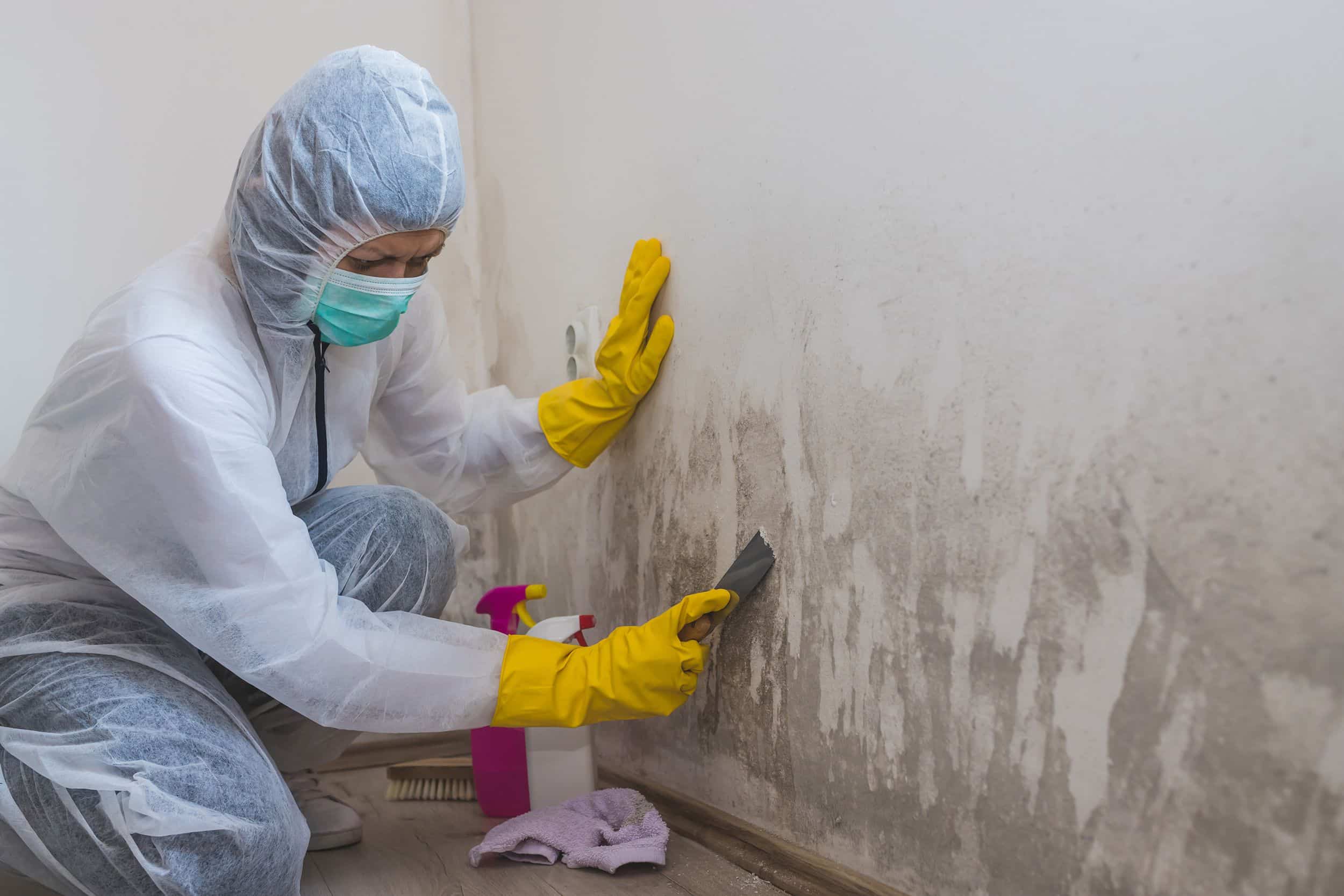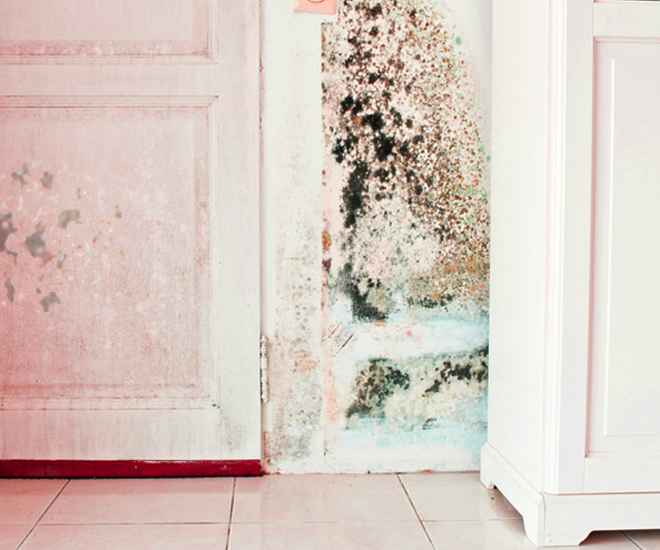Support on What to Do After Mold Remediation
Support on What to Do After Mold Remediation
Blog Article
Trick Steps for Successful Message Mold And Mildew Remediation
Successfully completing mold and mildew remediation is a multifaceted procedure that needs focus to information and adherence to details methods. These steps not just confirm the success of the remediation initiatives yet also add to protecting against future mold and mildew growth.
Inspection of Treated Areas
Upon completion of the mold and mildew remediation procedure, a thorough inspection of the treated areas is imperative to ensure the efficiency of the remediation efforts. This examination serves as an important step in the post-remediation phase to confirm that the mold and mildew elimination and cleaning procedures succeeded in getting rid of the mold and mildew infestation and recovering a safe indoor environment. The examination needs to be conducted by certified experts who have the proficiency to evaluate the remediated areas meticulously.
These consist of visual analyses to check for any indicators of mold development or water damages, wetness levels to confirm that the location is dry and complimentary of excess humidity that can advertise mold and mildew re-growth, and air quality testing to make certain that the indoor air is safe to breathe. In addition, the assessment might include making use of specialized tools such as wetness meters and thermal imaging cameras to spot hidden mold or wetness pockets that can lead to future mold issues if left uncontrolled.

Wetness Control Procedures
Reliable wetness control actions are necessary for avoiding mold and mildew development and preserving a healthy indoor setting. To accomplish this, it is essential to address resources of moisture within the building. Proper ventilation is vital to regulating humidity levels. Setting up exhaust followers in kitchen areas and shower rooms can help get rid of excess wetness. Furthermore, using dehumidifiers in wet locations can help reduce moisture levels, making it harder for mold and mildew to thrive.
Consistently keeping the structure and examining's exterior can likewise avoid wetness breach. Post Remediation Inspection near me. Making certain that rain gutters are clear, downspouts direct water far from the structure, and the roof remains in excellent condition can aid stop water from permeating right into the structure. Effectively sealing doors and windows can also help maintain moisture out
Any kind of spills or leakages need to be cleaned up and dried within 24-48 hours to avoid mold growth. By implementing these moisture control procedures, the risk of mold reoccurring can be substantially decreased, producing a healthier indoor setting.
Proper Air Flow Analysis
An integral element of making sure a healthy interior environment post mold remediation is carrying out a detailed analysis of the air flow system. Appropriate air flow analysis plays a vital function in stopping future mold growth and preserving air top mold removal youtube quality within the affected room.
In addition, assessing the air flow system includes checking out the circulation of air throughout the area to identify any type of areas of bad circulation where wetness and contaminants could gather. Correct air flow not only aids in controlling moisture levels yet additionally aids in removing airborne mold spores and mold removal doctor various other toxins, thus enhancing overall indoor air quality. By resolving any kind of air flow issues publish mold remediation, property proprietors can create a healthier and much more comfortable setting for residents while reducing the danger of mold re-infestation.
Cleansing and Disinfection Protocols
To make certain detailed mold and mildew remediation, meticulous adherence to details cleansing and sanitation methods is imperative. Cleaning and disinfection procedures play a vital duty in the post-mold remediation stage to prevent the reappearance of mold and mildew development and make certain a healthy and safe environment.
Additionally, applying preventive steps such as applying mold and mildew inhibitors and maintaining appropriate ventilation can assist reduce the danger of future mold and mildew infestations. By adhering to stringent cleansing and sanitation procedures, residential property proprietors can make certain the successful removal of mold and develop a healthy indoor environment for passengers.
Monitoring and Maintenance Plan
Executing a routine surveillance and maintenance strategy is vital for ensuring the lasting performance of mold and mildew removal efforts. Once mold remediation is finished, it is vital to develop a surveillance schedule to assess the success of the remediation procedure.
Furthermore, developing a maintenance plan is key to stopping future mold and mildew issues. Normal upkeep not only helps in stopping mold yet additionally adds to keeping a healthy and balanced interior atmosphere - Post Mold Remediation.
Verdict
To conclude, effective message mold and mildew removal entails extensive examination of treated areas, implementation of dampness control measures, evaluation of appropriate ventilation, adherence to cleansing and disinfection protocols, and establishment of read review a surveillance and upkeep plan. These essential steps are vital to ensure that mold development is successfully removed and avoided from reoccuring in the future. By following these standards, homeowner can maintain a safe and healthy atmosphere for passengers.
Upon conclusion of the mold and mildew removal procedure, a complete examination of the treated locations is critical to guarantee the efficiency of the removal efforts. These consist of visual assessments to inspect for any kind of indications of mold growth or water damage, moisture degrees to validate that the location is dry and free of excess moisture that might advertise mold re-growth, and air high quality testing to guarantee that the indoor air is risk-free to take a breath. Furthermore, the assessment might entail utilizing specialized tools such as dampness meters and thermal imaging cameras to detect surprise mold or dampness pockets that can lead to future mold troubles if left uncontrolled. By dealing with any type of ventilation issues post mold remediation, building owners can develop a healthier and more comfy atmosphere for residents while reducing the risk of mold and mildew re-infestation.

Report this page